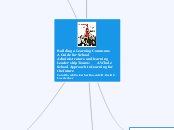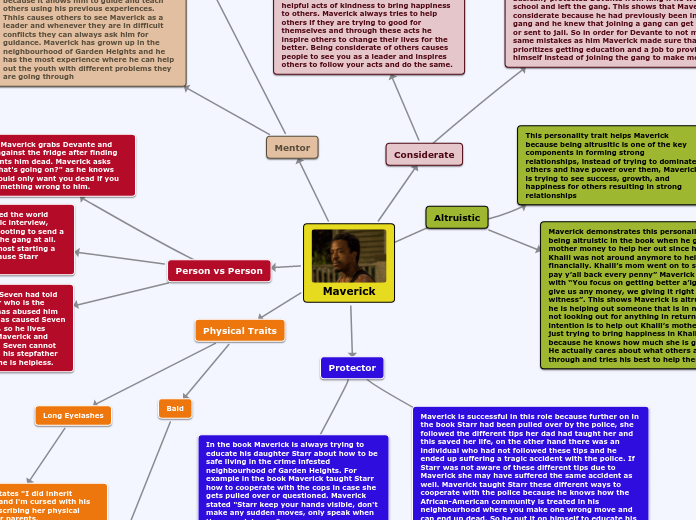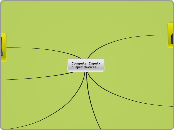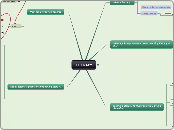Building a Learning Commons A Guide for School Administrators and learning Leadership Teams: A Whole School Approach to Learning for the future
Carol Koechlin, Esther Rosenfeld, David E. Loertscher
Chapter 1: Introducing the LC
Whole School Approach: Tools to Get Started and Ensure Continued, Sustainable Progress
assessment tools to measure success and inform future planning
Transitional materials to help get started
Programming considerations
Summaries of physical and virtual spaces required
Rationale for need to transform
Changing Landsacpe (21st C Skills = Priority) = Pedagogical Shifts
Libraries a natural fit for establishment of school-wide collaboration space
"Top 10 Reasons Your School Needs a Learning Commons"
TO
Model of collaborative teaching partnerships among classroom and specialist teachers
Learning that explores big ideas / concepts
Networked / global learning
assignments that encourage individual / collective knowledge construction
process / active learning
FROM
Traditional model of teachers working in isolation
Test-driven learning
Classroom learning
Assignments focused on locating info
Chapter 2: What is a Learning Commons?
School-wide Learning Commons = virtual & physical learning “space” where learners experiment, practice, celebrate, learn, work & play
Program Elements in the Learning Commons
Learning Literacies (21st C Skills)
emerging literacies
digital literacy
media literacy
information literacy
traditional literacies
Collaboration & Building a Learning Community
community experts
teaching partnerships
learning with web 2.0
interactive learning
collective knowledge building
Learning with Technology
creating & communicating
high challenge / low threat experiences
digital citizenship
authentic projects
learning networks (e.g. transforming library website to virtual Knowledge-Building Centre)
Knowledge-Building Centres
higher order thinking
assessment of content & process
differentiated instruction
problem-based learning
guided inquiry
Furthers Engagement
e.g. authentic learning experiences addressing real-world problems, challenges, questions; social learning processes
Showcases Learning
e.g. new technologies and approaches are test-run in the Commons first; Learning Commons celebrates and displays school accomplishments physically / virtually
Enables Collaboration
e.g. web 2.0 tools to transform teacher-directed assignments to conversations among students, teachers, other teaching specialists, etc.
Encourages Participatory Learning
e.g. learners work collaboratively to build collective knowledge, and co-create the sharing of their learning
Promotes Higher Order Thinking
e.g. activities to teach, apply, demonstrate critical and creative thinking skills
Facilitates Connectivity
e.g. collaborative common calendar that is accessible 24/7 for teachers and students to book learning spaces, equipment, etc.
has Flexible Spaces
e.g. portable shelving / furnishings, portable notebooks vs. desktop computers
is Student Centred
e.g. students create tutorials to help others working with new digital applications or tools in the Commons
Real & Virtual Experimental Learning Centre
physical / virtual spaces where admin / staff conduct action research & refine teaching practices; learners try out new technologies / digital tools before they’re introduced to the school
Real and Virtual Open Commons
physical & virtual spaces where learners read, conduct research, test out ideas with others, and share learning
Chapter 5: The Learning Commons: Measuring Success
Professional Learning Community
provides tools to assess progress & measure success & plan for continued improvement
Ideas for other ways to gather learning evidence (photos, interviews, exemplars, formal assessments)
Student reflection
Surveys
to ask students and teachers how the LC addresses their needs and expectations
Checklists
Collaboration
Learning with technology
Knowledge building
Learning literacies
Chapter 4: School Improvement: Monitoring Progress
Triangulation of Evidence
Learner Level = looks at indivudals and how responsive and engaged they are + standardized test results
E.g. what kind of student is thriving in the LC + why:
Teaching Unit Level
Indicator to watch = number of successful collaborative learning experiences; % of learners who meet / exceed unit objectives
Integration of content and 21st C skills
Co-teaching of classroom teachers / specialists
Improvements to instructional designs
Organization Level = whole building concepts
acceptance of LC concept
results of PLCs
success of initiatives
Staff
Technology
Facilities
Building a Professional Learning Community
LC can support both F2F & Virtual PLCs
Learning Commons is Centre For Evidence Based Practice initiatives as an approach to learning
Physical & virtual Experimental LC
provides
records of achievement
technologies
resources
spaces
supports and coaches each method
Evidence Based Practice Approaches in the LC
Play
Experimentation
Showcase
Walk through PD
Peer teaching
Mentoring
Professional learning networks
Professional learning teams
Professional portfolios
Teacher Journaling
Action Research
Inquiry, collaboration, reflection, action = backbone of each method
Non-Negotiable Components
Action taken to improve results
Collaborative analysis of evidence
Systematic tracking and documentation of evidence
Ongoing diagnostic, formative and summative assessment and evaluation
Quality learning experiences
Foundational Approaches
Learning by doing
Reflective practice
Learning collaboratively
Continuous practice
“Critical Indicators of Progress”
LC program is held accountable
LC Leadership team making tangible progress
The LC showcases the best of the school community
Various configurations of adults working with full classes, small groups, one-on-one in the same physical / virtual space
Can observe power of technology transforming learning experiences through oberservable student creativity, student engagement, individual and collective knowledge creation
Exemplary learning experiences taking places constantly, can be observed in physical / virtual space day or night
LC is the cultural centre of the school (constant demonstrations, performances, awards, projects)
Adults in school acknowledge role of Experimental Learning Centre as focal point for school improvement (experimentation, professional development)
Sense of ownership of the LC (admin, classroom teachers, students, specialists, parents)
Strategies LC Leadership Teams can use to gather / utilize data
Monitor evidence based practice projects
Build a strong leadership team
Examine sample projects
Analyse access of physical / virtual resources, learning spaces
Review on-going collaborations
Ask LC staff for plans (short and long range), reports, annual reviews
Check bookings / calendar
Talk to students and teachers, ask questions and listen
Frequent walk throughs (take the pulse)
Chapter 3: Transitions and Transformations
STEPS
4b. Modify the Physical Environment
free up as much space as possible; create flexible learning spaces
mobile computing devices vs. stationary
reduce stationary shelving
ideas categorized under $$$ headings
‘almost free’
‘minimal cost’
‘moderate cost’
‘complete makeover’
questions to ask
Prioritize the vision
What requires renovations / new construction?
What requires new / additional funding?
What would cost very little money?
Does it look like a storage space or a learning space?
If we aren’t using it, do we need it?
If it doesn’t move, does it belong?
4a. Create the Virtual Learning Commons
capitalize on web 2.0 tools to facilitate interactive learning, e.g. Google Apps For Education
digital resources, databases, tools and tutorials organized collaboratively by TL, other teachers and students
collaborative virtual calendars to book both virtual / physical learning spaces
checklist of virtual learning commons elements to consider / develop
“akin to a school Wikipedia”
3. Build the program; assess early results
build individual / group expertise by giving learners opportunities to teach others
e.g. form a ‘Geek Squad’ of proficient technology users and also have good social, personal and problem-solving skills to assist with school-wide technology problems
program elements to consider (resources are provided to support Leadership Teams to assist with program development in each area)
collaboration
learning with technology
knowledge building
learning literacies
“the program drives the need for the facility rather than the facility driving change”
2. Envision the Possibilities
1. Assemble Learning Commons Leadership Teams
Areas to Consider
Experimental Learning Centre
Virtual Space
Open Commons
Physical Space









